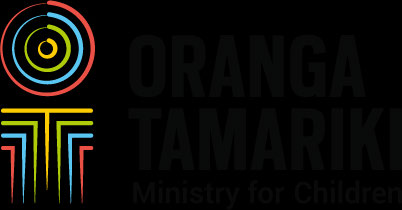
Aide-mémoire
Date:
03 May 2021
Security Level:
In Conf idence
For:
Hon Poto Williams
File reference:
REP-OT/21/04/125
Advice for Minister Williams on the adoption law reform
Purpose
This aide-mémoire provides you with advice on the adoption law ref orm
discussion document to support any comments you may have during Ministerial
consultation.
The public discussion document, supplementary summary document and
associated Cabinet paper have been circulated for Ministerial consultation.
We are generally supportive of the Cabinet paper seeking agreement to release
the discussion document and the supplementary summary document f or public
consultation.
Summary of the
The discussion document sets out the state of adoption in New Zealand and
discussion
seeks people’s views on reform. It outlines current adoption laws and practice,
document
some of the issues they raise and sets out some high-level options f or ways the
law could be changed. There are no pref erred options in the paper, and it does
not ref lect a set of proposals for ref orm. The document is divided into the
f ollowing key sections:
•
What is adoption: An overview of adoption, its purpose, and the
general process in New Zealand.
•
Who is involved in adoption: Sets out who is involved in the process
and what their role is.
•
Culture and adoption: The importance of culture in adoptions, the
Māori customary practice of whāngai, and other customary adoptions.
Under Official Information Act 1982
•
How the adoption process works: This discusses overseas and
intercountry adoptions, and how the domestic adoption process in New
Zealand works in practice.
•
Impacts of adoption: The impacts that adoption can have on those
involved in the process includes the child’s right to identity and access
to adoption inf ormation and support.
•
Surrogacy and the adoption process: Currently, adoption is the only
mechanism to transf er f ull legal parentage f rom the surrogate to the
Released
intending parents.
We provided signif icant f eedback during departmental consultation on the
discussion document and much of this has been incorporated. s9(2)(f)(ii)
The Aurora Centre, 56 The Terrace, Wellington 6011 – Telephone +64 4 916 3300 – Facsimile +64 4 918 0099
s9(2)(f)(ii)
Under Official Information Act 1982
Released
Report number: REP-OT/21/04/125
s9(2)(f)(ii)
Key risk identified
Risk of harm to children in intercountry adoptions from Pacific Island
for the adoption law countries
reform
s9(2)(f)(iv)
The lack of checks that take place bef ore an overseas adoption is recognised
means that children are being adopted by applicants who New Zealand
authorities would consider unsuitable. The risk of harm was evident in the case
of Joseph Matamata, who was convicted in March 2020 of 23 charges of
traf f icking and slavery. Key victims in the case were s9(2)(a) of Mr Mat amata’s
adopted children who had been brought to New Zealand f rom Samoa.
Until adoption laws are ref ormed, the overseas adoption pathway will continue
to exist and pose signif icant risks to some of the children involved. Of f icials from
Oranga Tamariki, Ministry of Business, Innovation and Employment,
Department of Internal Af f airs, Ministry of Foreign Af fairs and Trade, and
Ministry of Justice are continuing to monitor and respond to care and protection
cases resulting f rom these adoptions. We will provide you with a more detailed
brief ing report (Ministry of Justice is leading) about this issue in the coming
weeks.
Next steps
If the discussion document is approved by Cabinet, then public and targeted
consultation will occur over the three months f rom June to August 2021. Policy
proposals will then be presented to Ministers in late 2021/early 2022.
We will provide you with regular updates as this work progresses and would
Under Official Information Act 1982
welcome the opportunity to meet with you to discuss the issues raised and
answer any questions you may have about adoption law ref orm process.
Key milestones f or the adoption law ref orm:
12 May 2021
Social Wellbeing Committee
June – August 2021
Public and targeted consultation
s9(2)(f)(iv)
Released
Report number: REP-OT/21/04/125
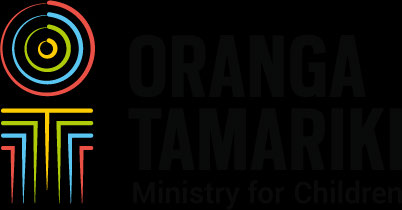 Aide-mémoire
Aide-mémoire
Cabinet paper
Date:
20 July 2020
Security Level: In-confidence
For:
Hon Tracey Martin, Minister for Children
File Reference: REP-OT/20/7/155
Update on the sentencing of Mr Joseph Matamata on trafficking and
slavery convictions
Purpose
To provide you with an update about the upcoming sentencing (27 July 2020) of
Mr Joseph Matamata on trafficking and slavery convictions.
Background
In February 2020, we advised you that a criminal trial was due to commence
around the prosecution of Mr Matamata for 13 charges of dealing in slaves and
11 charges of human trafficking [REP-OT/20/2/011 refers].
s9(2)(a) of the victims were brought to New Zealand via the non-Hague
Convention intercountry adoption pathway, and one of them is in the care of
Oranga Tamariki. The victims were adopted from Samoa, a non-contracting
State to the Hague Convention on Protection of Children and Cooperation in
Respect of Intercountry Adoption (the Hague Convention).1
The trial
On 17 March 2020, Mr Matamata was
found guilty on all 13 charges for dealing
in slaves and guilty on 10 of the 11 charges of human trafficking.
This is the first case in New Zealand where combined trafficking and slavery
charges have been laid against a New Zealand permanent resident.
s9(2)(a)
Under Official Information Act 1982
The trial received media attention in New Zealand, Samoa and the United
Kingdom with a brief commentary s9(2)(a)
who came to New
Zealand via the non-Hague Convention intercountry adoption pathway. See
Appendix One for information about how Mr Matamata was able to use this
pathway.
Released
1 The Hague Convention is the international convention which establishes protections for children who are
adopted across borders. This Convention has been implemented into the law of New Zealand through the
Adoption (Intercountry) Act 1997. Non-contracting States have not ratified this agreement and are not
bound by the safeguarding processes it stipulates.
The Aurora Centre, 56 The Terrace, Wellington 6011 – Telephone +64 4 916 3300
Work underway
There are currently three pieces of work underway to respond to concerns
about the intercountry adoption pathway [REP-OT/20/6/134 refers].
•
Drafting of
Practice Guidelines for Oranga Tamariki staff on both child
trafficking and modern slavery. This has been done with a view to
strengthen the identification of victims of trafficking.
• s6(a)
• A Cabinet paper on
adoption law reform has been delayed because of
COVID-19. The Ministry of Justice now expects the process to be pushed
out by six months, with a paper to Cabinet on the scope, objectives and
timeframes for reform considered post-election.
s6(c)
Under Official Information Act 1982
Released
Update on the sentencing of Mr Joseph Matamata on trafficking and slavery convictions
2
Appendix One: Adoption reform implications for intercountry adoptions
Section 17 of the Adoption Act 1955 creates a pathway that enables intercountry adoptions to
occur outside the process established by the Hague Convention on Protection of Children and
Cooperation in Respect of Intercountry Adoption (the Hague Convention).
Adoptions concluded in an overseas Court may be recognised by Section 17 as having the same
effect as a New Zealand Adoption Order, even if the adoption process lacks adequate safeguards
for the children involved. The child may then be entitled to New Zealand citizenship or residency
and brought to New Zealand by their adoptive parent. The absence of child-safeguarding measures
may result in children coming to the attention of Oranga Tamariki due to care and protection
concerns. Officials from the Ministry of Justice have advised Oranga Tamariki that section 17 of
the Adoption Act 1955 will be reviewed as part of adoption law reform.
Under Official Information Act 1982
Released
Update on the sentencing of Mr Joseph Matamata on trafficking and slavery convictions
3
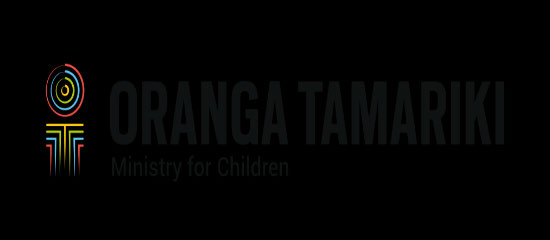
SECTION 17 PROVISIONS OF THE ADOPTION ACT 1955
AND THE
MOVEMENT OF PACIFIC CHILDREN ACROSS NEW ZEALAND BORDERS
International Child Protection Unit
September 2021
Under Official Information Act 1982
Released
1 | P a g e
Introduction
The New Zealand Adoption Act 1955 (the Adoption Act) was drafted post-war and during a time when
societal attitudes and beliefs were not accommodating of single women becoming pregnant; the rights
of children were not recognised within statutes; and when Pasifika made up less than 1% of the New
Zealand population. This Act has not been significantly amended or reformed since its enactment in
1955, however the domestic and international environment in which it operates has changed
considerably over the past 60 years.1
Significant changes in the domestic environment include New Zealand becoming a contracting state of
international conventions which are aimed at protecting the rights of children2, and changes to population
demographics. New Zealand has a growing Pacific population which now accounts for over 8% of the
total population, compared to 1% in 1955. Additional y, the current international environment is
characterised by increased human mobility and migration, humanitarian issues such as conflict,
population displacement and pandemics, human rights issues such as trafficking, smuggling and slavery,
and the ever-increasing impact of climate change on vulnerable nations. International literature has
shown that these characteristics produce drivers for children being adopted across borders, however
they also bring significant risks for children when an intercountry adoption pathway does not have
adequate safeguarding measures in place.
The inherent risks that are now present for children who are the subject of an intercountry adoption were
not considered when the Adoption Act 1955 was enacted. The current application of the Act within New
Zealand’s domestic and international landscapes gives rise to concerns that overseas born children who
are the subject of adoptions, may not be afforded the protection that they require and are entitled to.
Section 17 – Effect of an overseas adoption
As a result of changes in the domestic and international landscape and the flexibility of the Adoption Act,
an ‘adoption pathway’ has emerged where risks have been identified for overseas born children who are
adopted by people who reside in New Zealand. These people are usual y relatives. These risks are related
to section 173 of the Adoption Act. This section recognises adoptions finalised in some overseas
countries as having the same effect as an adoption made pursuant to the Adoption Act when the
adoption laws in those countries are compatible to New Zealand’s adoption laws. The countries this law
engages are not contracting states to the Hague Convention on the Protection of Children and Co-
operation in Respect of Intercountry Adoption (Hague Convention). The key risk arising from adoptions
Under Official Information Act 1982
being concluded in an overseas Court and subsequently being recognised under the s17 provisions, is
the potential absence of adequate safeguards to ensure the rights and interests of the adopted child are
upheld.
s6(a)
Released
1 The New Zealand Government is currently undergoing a review of its adoption laws. More information is available on the
website of the New Zealand Ministry of Justice: https://www.justice.govt.nz/justice-sector-policy/key-initiatives/adoption-law-
reform/
2 United Nations Convention on the Rights of the Child (UNCROC) and Hague Convention on Protection of Children and Co-
operation in Respect of Intercountry Adoption
3 Section 17: Effect of an overseas adoption (1) Where a person has been adopted (whether before or after the commencement
of this section) in any place outside New Zealand according to the law of that place, and the adoption is one to which this section
applies, then, for the purposes of this Act and all other New Zealand enactments and laws, the adoption shall have the same
effect as an adoption order validly made under this Act, and shall have no other effect
4 Sections 3(2)(b) and 7 Citizenship Act 1977
2 | P a g e
overseas Court in a manner recognised by section 17 of the Adoption Act by a New Zealand citizen other
than by descent, is afforded the right to obtain New Zealand citizenship by descent, provided the child
was aged under 14 years at the time the adoption order was granted.
Section 17 also has an immigration-related effect for recognised overseas adoptions of overseas born
children/young people aged 14-25 years. The intersect between section 17 and New Zealand immigration
instructions al ows these adopted children/young people to obtain a Dependent Child Residence Visa,
enabling them to enter and reside permanently in New Zealand.
Section 17 within a Pacific context
Fiji is the only Pacific Island country which is a signatory to the Hague Convention. Applications for
children who are domiciled in Fiji to be adopted by Fijian relatives in New Zealand, must comply with the
Hague Convention. Section 17 of the Adoption Act 1955 is therefore not applicable for adoptions from
Fiji.
For the remaining Pacific Island countries, New Zealand citizens or residents are often able to file
adoption applications in the Court of the Pacific country where the children reside. The adoption laws of
these Pacific countries are compatible to New Zealand adoption law, which means that adoptions
concluded in their Courts are recognised under the provisions of s17 of the Adoption Act. This
subsequently enables children adopted in those countries to receive New Zealand citizenship or
Dependent Child Residence Visas.
The existence of section 17 of the Adoption Act, the increased growth of New Zealand’s Pacific
population and interest from Pacific island communities in accessing education and employment
opportunities in New Zealand provides an explanation for the high numbers of overseas adoptions stil
being recorded, despite very few New Zealand-born children now being adopted. The highest number of
adopted children now recognised under New Zealand’s adoption legislation are Pacific-born children, who
are the subject of interfamily adoptions concluded in their country of origin and recognised by section
17.
s6(a)
An adoption concluded in a Pacific country by New Zealand citizens or residents, which is then
recognised under the provisions of section 17 of the Adoption Act, does not include any requirement for
evidence of child safeguarding measures within the overseas adoption process. New Zealand currently
relies on the other country to consider the child’s rights, best interests and welfare when deciding to make
Under Official Information Act 1982
the adoption. Some countries may not take some of the steps New Zealand considers necessary to
safeguard children’s rights. However, despite a potential absence of such safeguarding measures, the
granting of the adoption order is likely to be recognised under the provisions of section 17 and will apply
to New Zealand immigration and citizenship purposes.
s6(a)
Released
3 | P a g e
s6(a)
This situation highlights that section 17 raises potential questions about whether the New Zealand
government is able to fulfil its international obligations under UNCROC,5 within these chal enging cross-
jurisdictional legal settings.
Tongan Adoption Law and Section 17 New Zealand Adoption Act
The movement of children between their biological parents and extended family members through
‘gifting’ or customary adoption is not an uncommon practice in Tongan culture and is grounded in
tradition and custom. ‘Family’ within Tongan culture, extends beyond the western-centric definition of
family, and gives reference to the extended family which a child is born into. The child is viewed by their
family and community as an estate (or ‘tofi’a’), gifted to them by God, whereby the child wil be cared for
and provided for, with an expectation that the child wil develop traits such as humility, loyalty, and
respect, and give back to their family, community and church as they transition into adulthood.6 Within
this belief framework, the ‘best interest of the family’ may create conflict with the principle of ‘the best
interest of the child’. For example, a child who has access to education and opportunities in New Zealand
may have a greater return for the family in the long-term.7
Despite al children being viewed in Tongan culture as a ‘gift from God’, traditional Tongan culture makes
a distinction between the caregiving of children born in wedlock and those born as il egitimate children.
The former group are often treated with customary adoption practices, while the latter group are often
subjected to formal legal proceedings in instances where birth parents are unable or unwil ing to care for
their il egitimate child, or where family members offer to care of the child. The adoption law in Tonga
was enacted in 1926 and is referred to as the
Maintenance of Illegitimate Children Act.
Under Official Information Act 1982
5 Article 3: All organisations concerned with children should work towards what is best for each child
Article 7: All children have the right to a legally registered name, and nationality. Also, the right to know and, as far as possible, to
be cared for by their parents
Article 8: Governments should respect a child’s right to a name and nationality and family ties.
Article 9: Children should not be separated from their parents unless it is for their own good. For example, if a child is mistreating
or neglecting a child.
Article 12: Children have the right to say what they think should happen, when adults are making decisions that affect them and to
have their opinions taken into account.
Released
Article 19: Governments should ensure that children are properly cared for, and protect them from violence, abuse and neglect by
their parents or anyone else who looks after them.
Article 20: Children who cannot be looked after by their own family, must be looked after properly by people who respect their
religion, culture, and language.
Article 21: When children are adopted, the first concern must be what is best for them. The same rules should apply whether the
children are adopted in the country where they were born, or if they are taken to live in another country.
6 Corrin, J. Farran S. (Eds) (2019).
The Plural Practice of Adoption in Pacific Island States: Chapter 7 Adoption in Tonga. Springer
Nature. Switzerland
7 Corrin, J. Farran S. (Eds) (2019).
The Plural Practice of Adoption in Pacific Island States: Chapter 7 Adoption in Tonga. Springer
Nature. Switzerland
4 | P a g e
The Act al ows for applications to be made for the adoption of an il egitimate child, subject to the mother
consenting to the adoption. In compelling circumstances, the mother’s consent may be dispensed with.
The granting of Letters of Adoption by the Supreme Court of Tonga extinguishes the rights and
obligations of the birth mother and recognises the adoptive parent as the legal guardian of the child.
Letters of Adoption can be granted if the adoptive applicant is considered to be ‘fit and proper’.8
Furthermore, before the of granting Letters of Adoption there is an expectation by the Court that
consideration wil be given to the paramountcy principle of the ‘best interest of the child’.
Tongan adoption law is compatible with New Zealand Adoption law which means that the section 17
provisions apply. Therefore, for cases where Letters of Adoption have been granted by the Supreme
Court of Tonga in favour of applicants who are New Zealand citizens or residents, the child can enter and
1982
reside permanently in New Zealand with their adoptive parents. However, despite section 17 not requiring
overseas adoption processes to include child safeguarding measures, the judiciary in Tonga noted that
there are additional complexities when domestic adoptions in Tonga occur within this cross-jurisdictional
Act
context. The Supreme Court is effectively ruling on an intercountry adoption. Given this, the Supreme
Court recognises that extra caution is required before granting Letters of Adoption when the intention is
for the child to leave Tonga to be raised in New Zealand by their extended family. The Supreme Court
has noted that the driver for intercountry adoptions may be grounded in a perceived belief that the
adoption wil provide a permanent immigration status which could afford the child with better life
opportunities in New Zealand. However, this may conflict with what is in the best interest of the child.9
A Practice Model to mitigate against s17 risks for Tongan children being adopted by relatives residing in
New Zealand
Information
Tonga and New Zealand both have adoption laws which were drafted many decades ago and reflect
societal beliefs and attitudes of that time which are now significantly different in modern-day society.
s6(a)
.
Official
Tonga has adopted a model of practice to address the risks recognised. This model demonstrates that
child safeguarding measures can be successful y introduced within the existing chal enging and outdated
legal framework for intercountry adoptions between Tonga and New Zealand. This model is built on the
key principles of UNCROC, to which both Tonga and New Zealand are contracting states, whereby
intercountry adoptions should only occur when this care arrangement is in the best interest of the child
and when al other means of caring for the child in Tonga have been exhausted (principle of subsidiarity).
Under
With an increase in the number of adoption applications filed in the Supreme Court by family members
residing in New Zealand, the primary chal enge for the Tongan Court was to be able to be satisfied that
applicants were ‘fit and proper’ to be granted orders. The applicants need to fulfil the parenting role and
responsibility for a child not born to them.
In 2019, Lord Chief Justice Paulsen took steps to ensure that the Supreme Court in Tonga was ful y
informed on adoption applications from New Zealand-based applicants. As a result, a Practice Direction
Released
was drafted in col aboration with Oranga Tamariki and the Tongan Attorney General’s Office. This
Practice Direction involved negotiating an agreement with Oranga Tamariki to provide ful assessments
8 S16(2) Maintenance of Illegitimate Children Act
9 Unreported, Supreme Court, Tonga, Paulsen CJ, 12 February 2015) available via www.paclii.org at (2015) TOSC 5. Unreported,
Supreme Court, Tonga, Paulsen CJ, 11 March 2015) available via www.paclii.org at (2015) TOSC 10.
5 | P a g e
(often referred to as Home Study Reports) on the suitability of the adoptive applicants who reside in New
Zealand.
On 5 June 2019, Lord Chief Justice Paulsen issued the Practice Direction.10 This Direction requires that
applicants who are resident in New Zealand and who file for Letters for Adoption in the Supreme Court
of Tonga must provide evidence that they are of good character and that they are suitable to adopt.
These requirements include the adoptive applicants providing the Court with a New Zealand Police check
and a ful assessment by Oranga Tamariki of their circumstances in New Zealand. The applicants must
also demonstrate how the adoption wil promote the welfare and best interests of the child. The Court
of Tonga wil not progress an application to adopt without these requirements being met11. Since the
Practice Direction was issued in June 2019, Oranga Tamariki has provided 12 Home Study Reports to
1982
the Attorney General’s Office in Tonga, involving 23 children.
Act
Summary
The modern society that Tongan and New Zealand Adoption legislation is now operating within is vastly
different to the eras when these laws were drafted and enacted. Since 1926 and 1955 respectively, there
have been significant changes in societal attitudes and beliefs, and migration patterns. Additional y, and
most notably, Tonga and New Zealand have ratified UNCROC which provides a common understanding
between our two nations to enable dialogue to take place on matters affecting children crossing our
respective borders.
Section 17 of the Adoption Act 1955 has placed New Zealand, inadvertently, in a position of being a
Information
‘receiving country’ for the adoption of Pacific-born children by New Zealand citizens and residents. Other
than Fiji, none of the Pacific countries, including Tonga, have ratified the Hague Convention. This al ows
for the adoption of children resident in these countries to be recognised by New Zealand domestic
adoption legislation with immigration and citizenship implications.
Within a Pacific cultural context, the concept of children being separated from their birth family to live
Official
with extended family overseas and seek better opportunities is not unusual. However, when a key driver
for adoption is solely to obtain immigration and citizenship status in New Zealand, there is a risk that a
number of the rights of the children will not be met. An adoption under these circumstances, and where
there is an absence of child safeguarding measures and child-centred decision-making, has the potential
to have a significant and adverse impact on the child’s safety, development, dignity and well-being.
Under
The Practice Direction introduced by Lord Chief Justice Paulsen has afforded Tongan children greater
protection and safeguards when they are adopted by relatives who live outside of Tonga (who are usual y
residing in New Zealand). The Practice Direction is an example of an operational measure which has
been successful y introduced, in col aboration with Oranga Tamariki, within a chal enging legal
environment. The Practice Direction has introduced requirements within the Tongan adoption process,
which are aimed at upholding the protection of the rights and best interests of Tongan children who are
the subject of intercountry adoptions.
Released
10 Attached as Appendix “A”
11 Appendix “B” – Practice Direction – Operational Process
6 | P a g e
.
1982
Act
Information
Official
Under
Released
7 | P a g e
Appendix “B” – Practice Direction – Operational Process
1. After an application for an adoption is received by the Registrar in the Tonga Court, and it is
determined that the applicants reside in New Zealand, the file is referred to the Attorney General’s
Office
2. A Counsel in the Attorney General’s Office is appointed to the file as the Guardian ad Litem (GAL).
3. The GAL‘s role includes making a request to Adoption Services, at Oranga Tamariki-Ministry for
Children, for a Home Study Assessment to be completed on the suitability of the applicants.
4. The Home Study Assessment completed by an Adoption Social Worker involves the applicants
providing their consent for Oranga Tamariki to complete Police checks and child protection database
checks.
1982
5. The applicants must also provide to the Adoption Social Worker medical reports from their doctor
and two references.
6. Face-to-face interviews are then conducted by the social worker with the applicants, which contribute
to the completion of a Home Study assessment.
Act
7. The Home Study Report completed by Oranga Tamariki for the Supreme Court of Tonga, provides an
assessment on the suitability of the applicants to adopt a child and whether the adoption wil promote
the welfare and best interests of the child.
8. On completion of the Home Study Report, Oranga Tamariki forwards the report directly to the GAL,
who files it with the Supreme Court and the adoption application can then proceed.
Information
Official
Under
Released
8 | P a g e
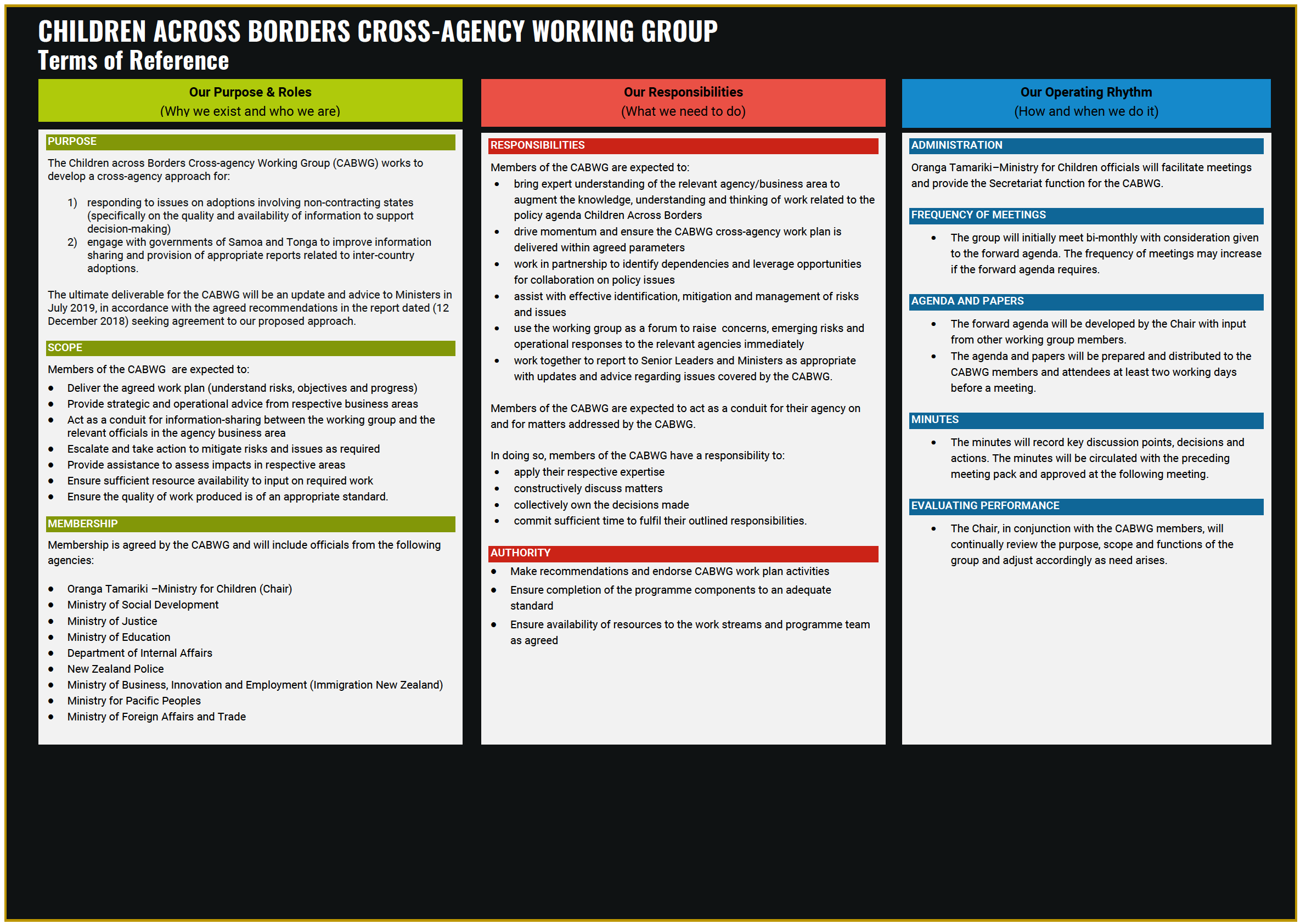
1982
Act
Information
Official
Under
Released

1982
Act
Information
Official
Under
Released

1982
Act
Information
Official
Under
Released

1982
Act
Information
Official
Under
Released
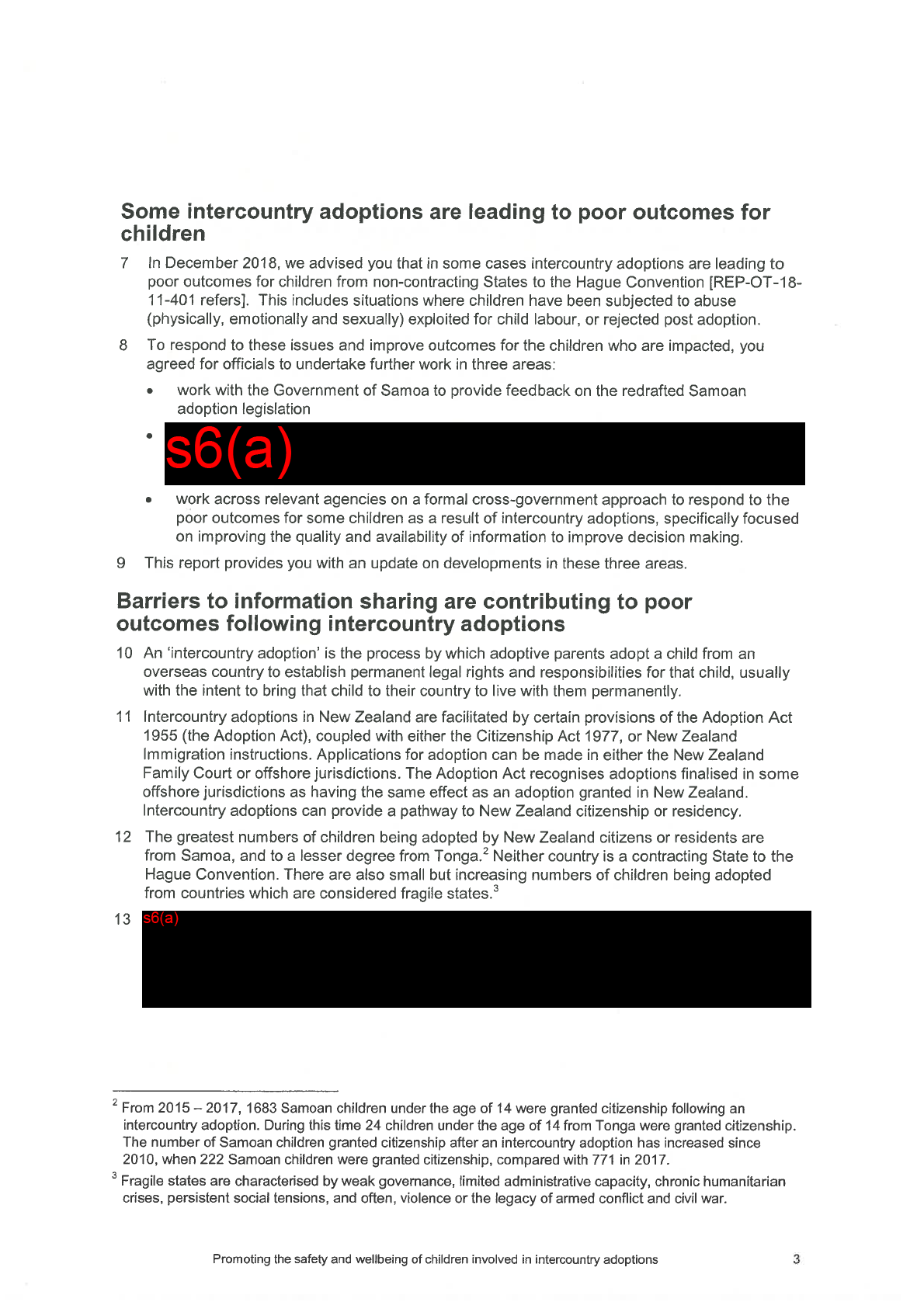
1982
Act
Information
Official
Under
Released
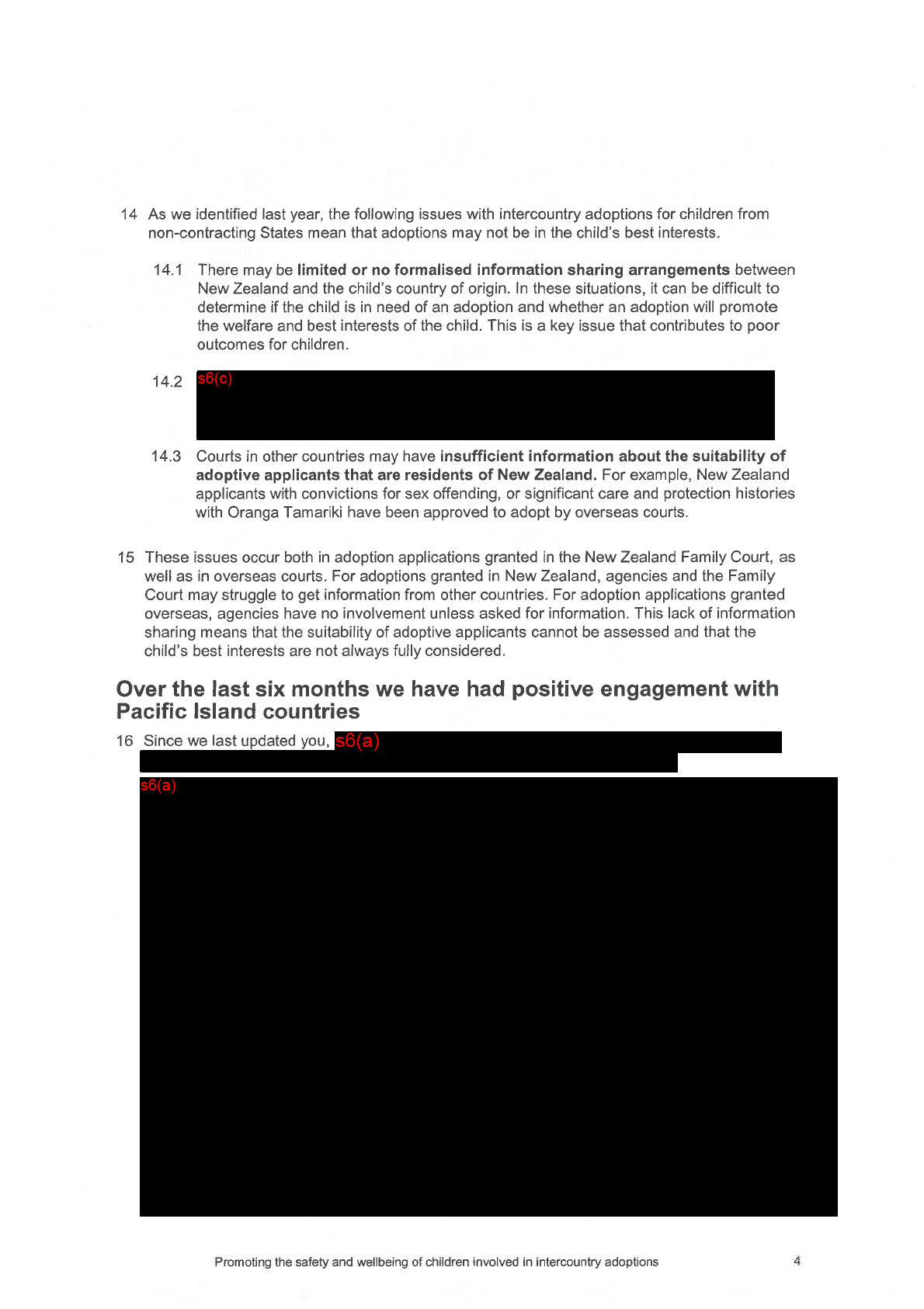
1982
Act
Information
Official
Under
Released

1982
Act
Information
Official
Under
Released
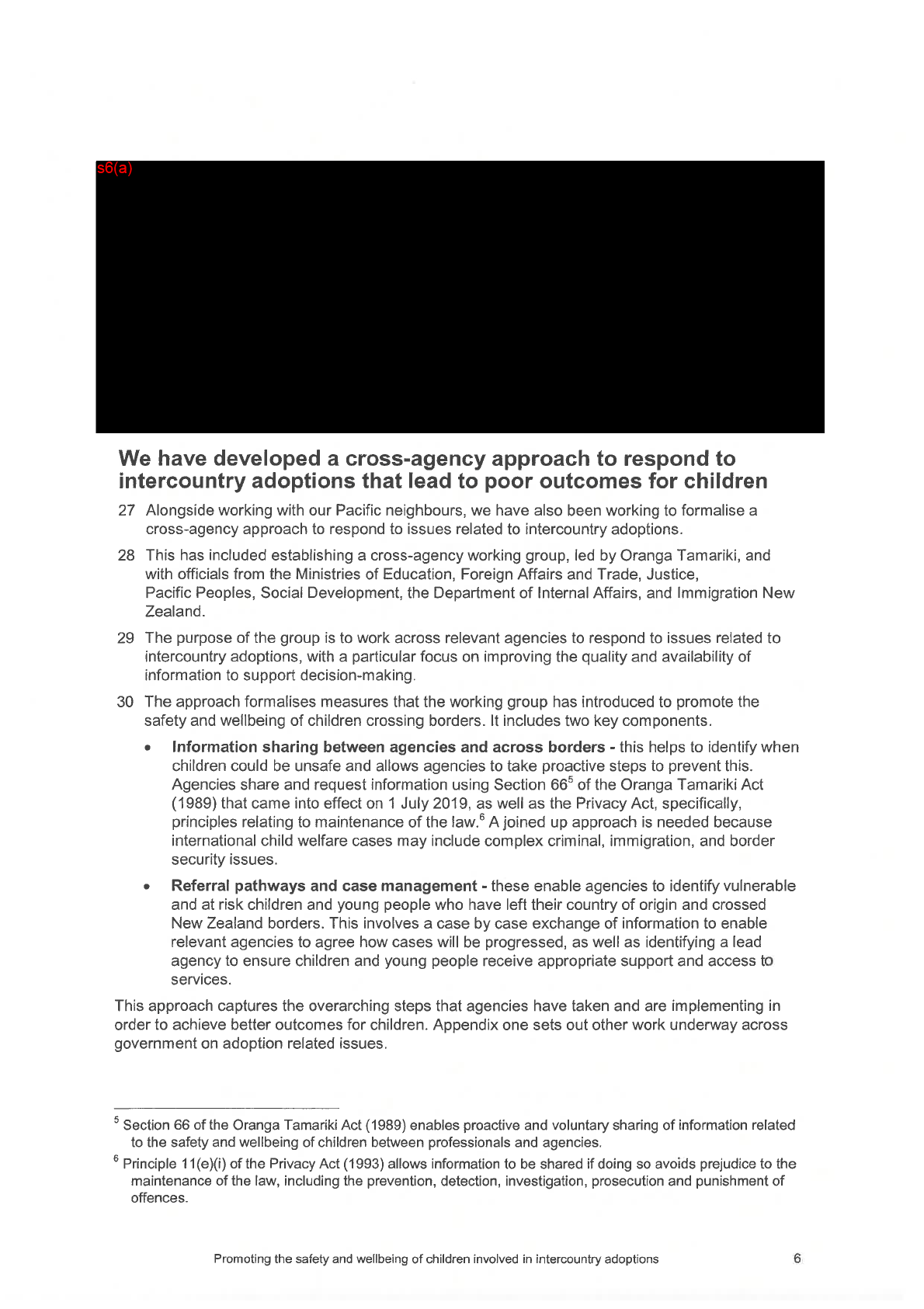
1982
Act
Information
Official
Under
Released
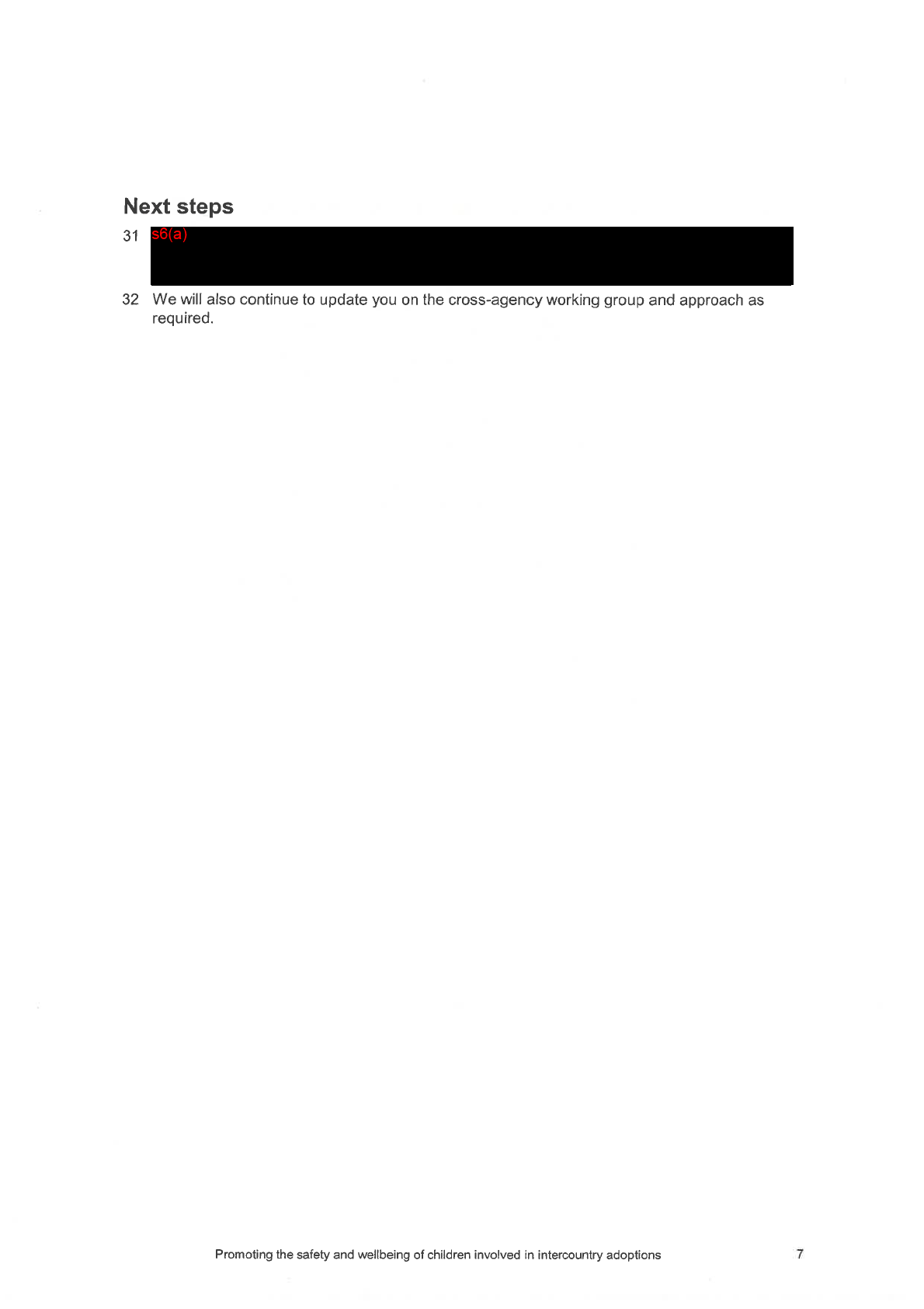
1982
Act
Information
Official
Under
Released
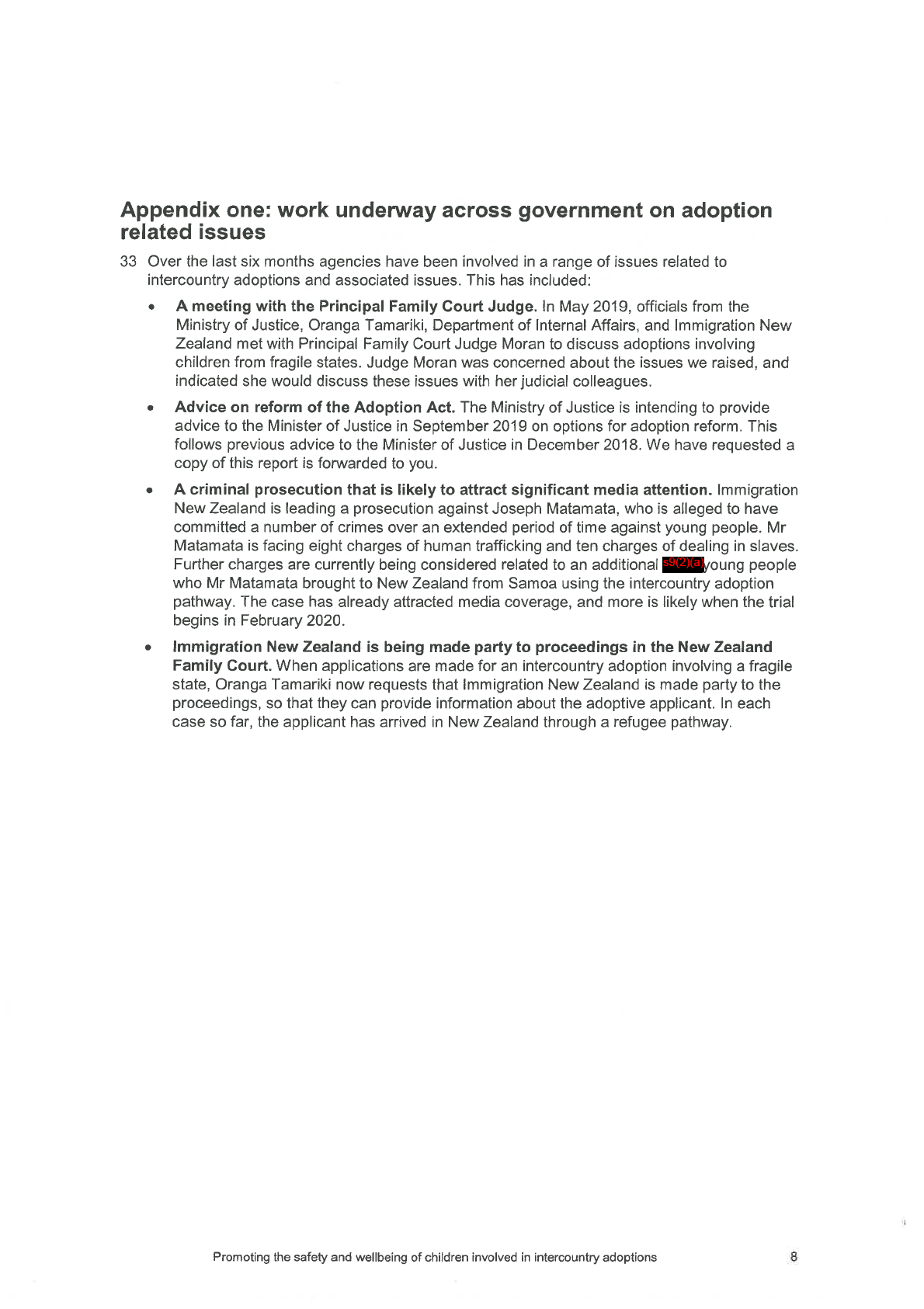
1982
Act
Information
Official
Under
Released
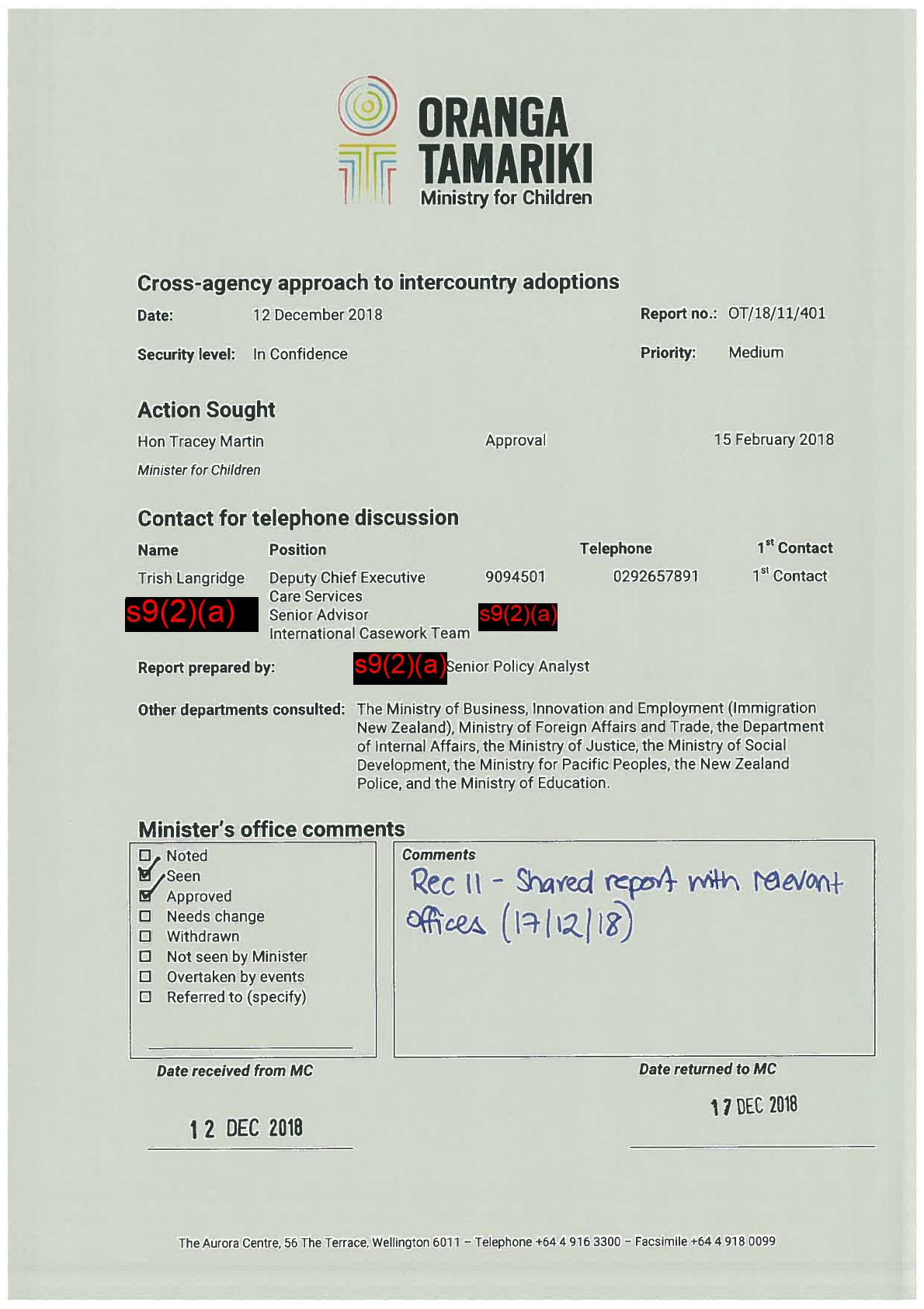
1982
Act
Information
Official
Under
Released
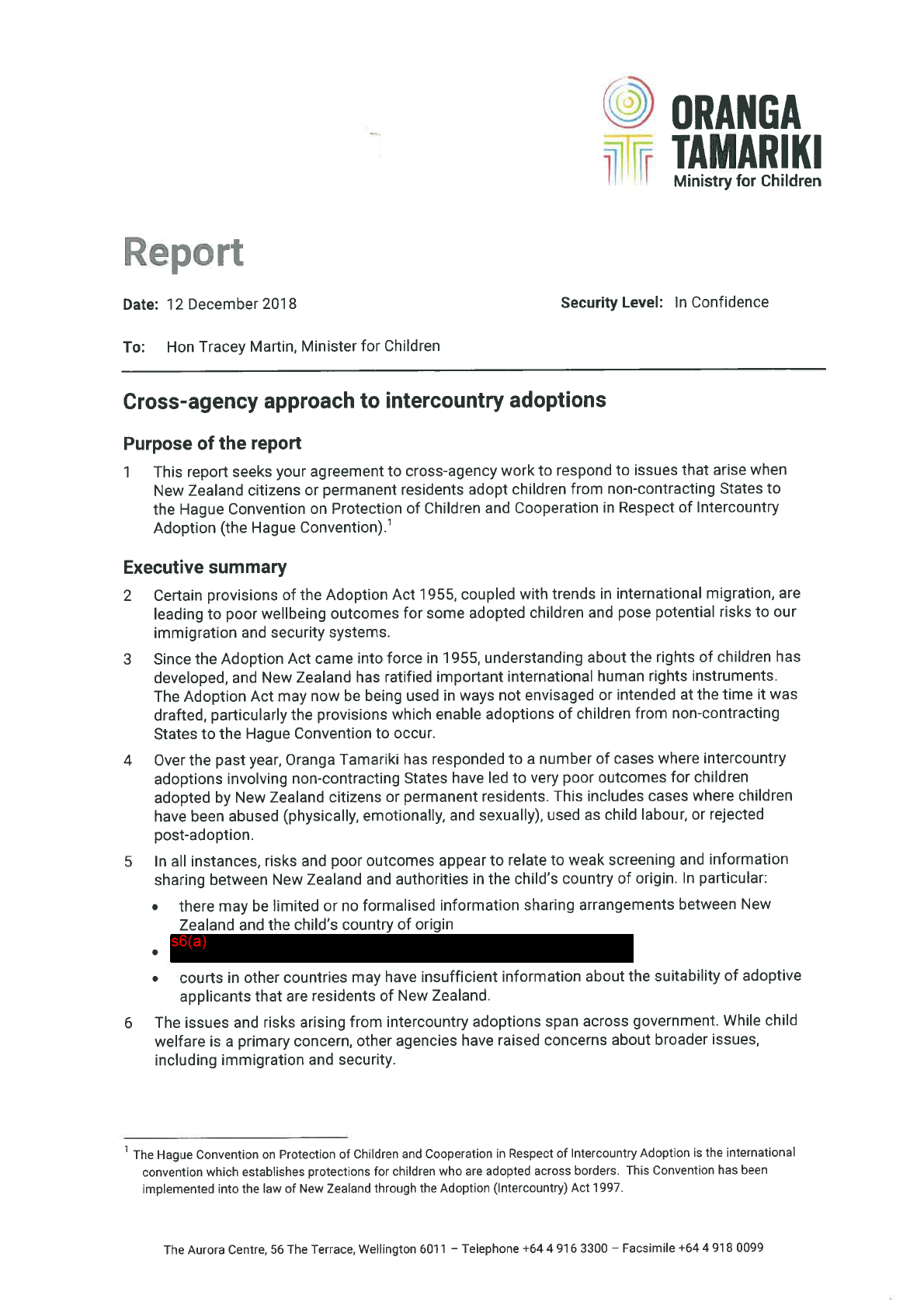
1982
Act
Information
Official
Under
Released
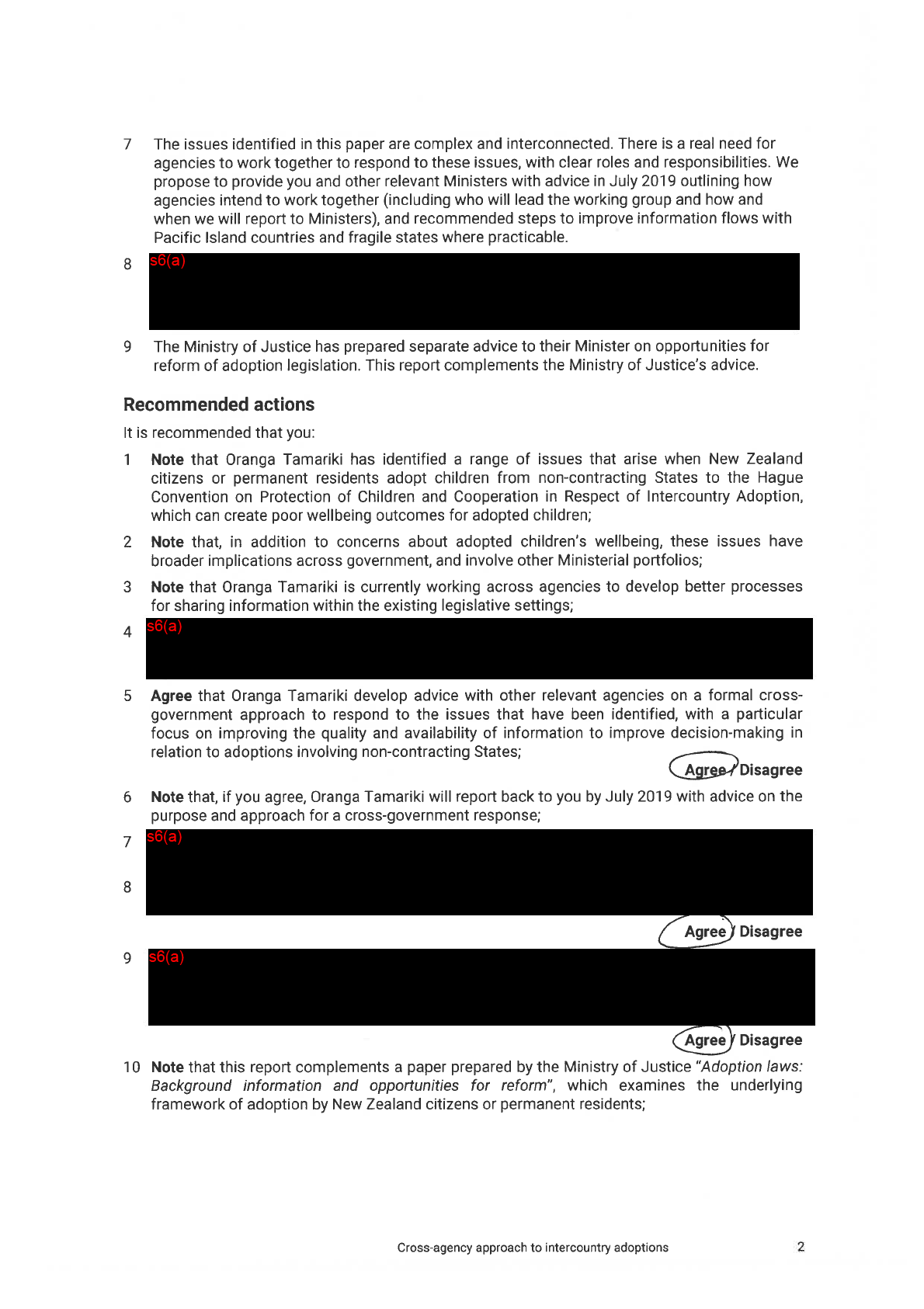
1982
Act
Information
Official
Under
Released
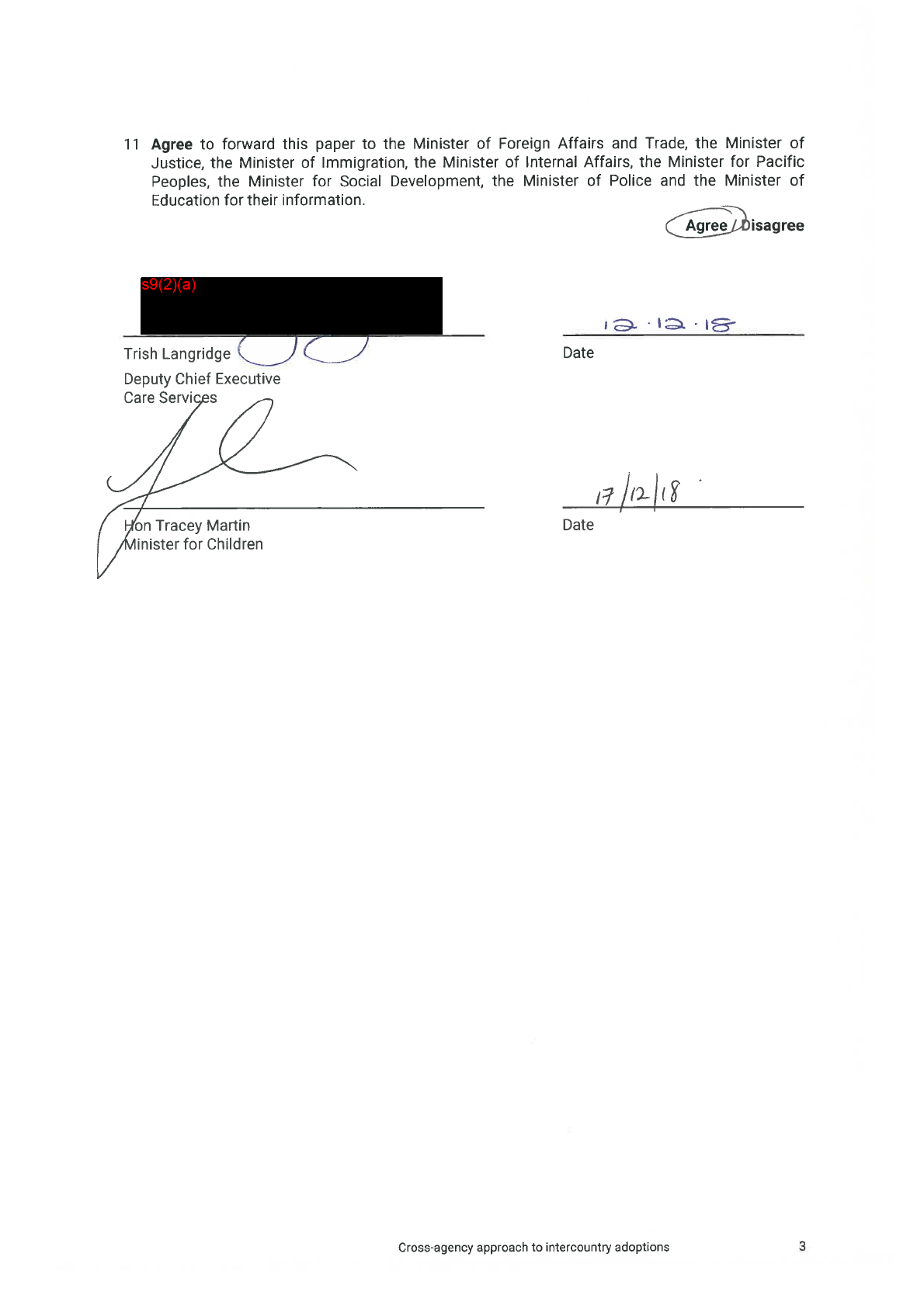
1982
Act
Information
Official
Under
Released
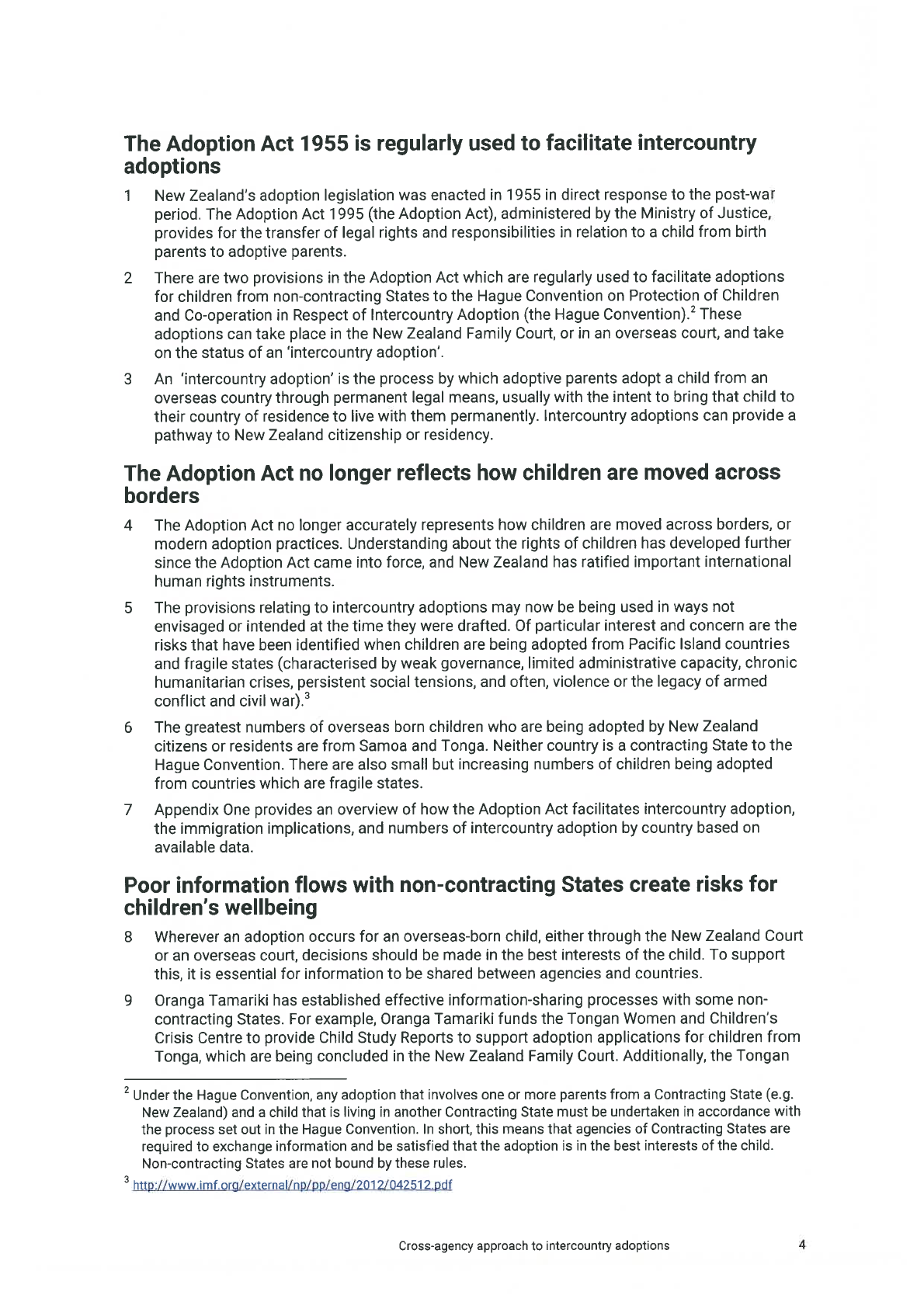
1982
Act
Information
Official
Under
Released
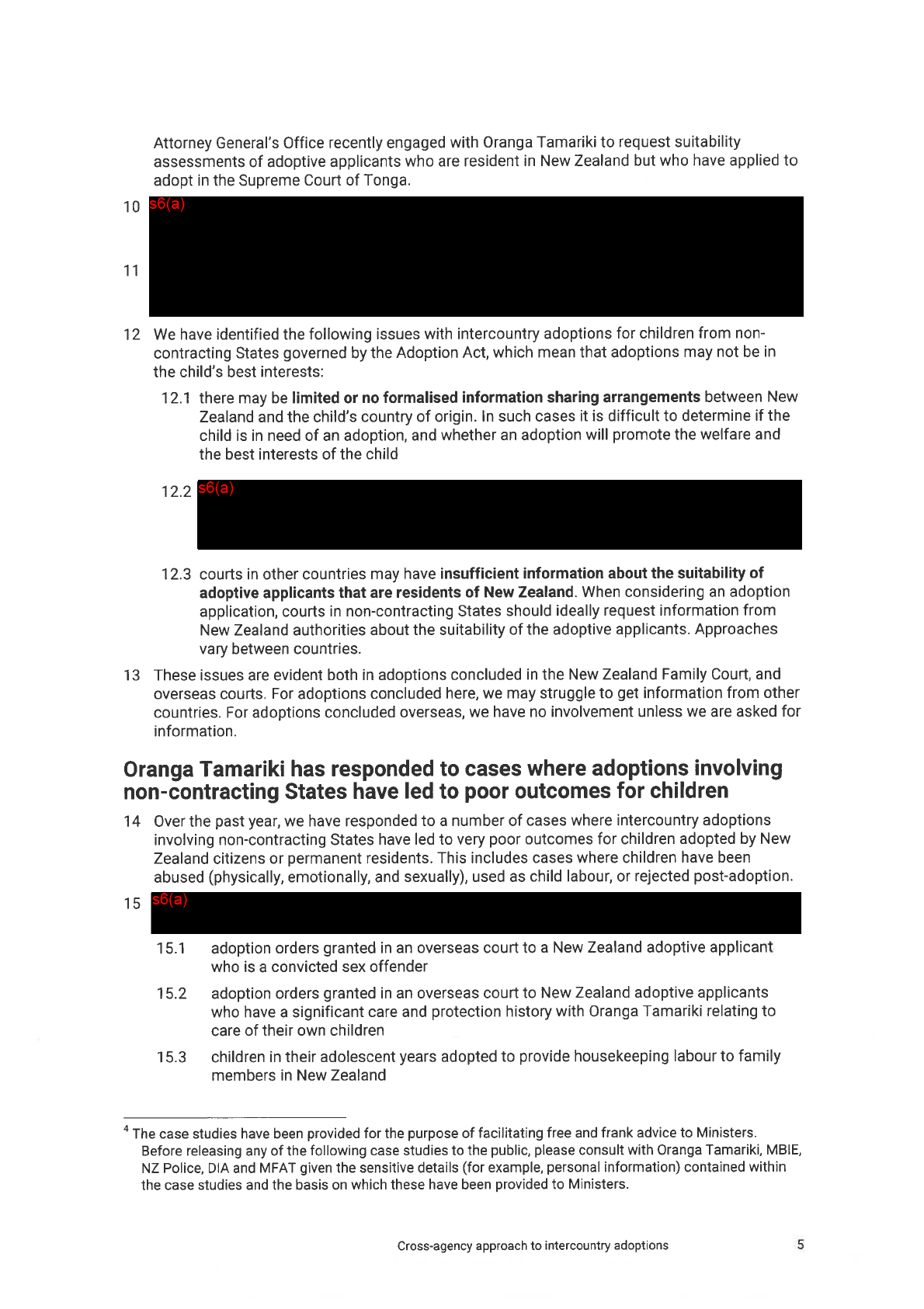
1982
Act
Information
Official
Under
Released
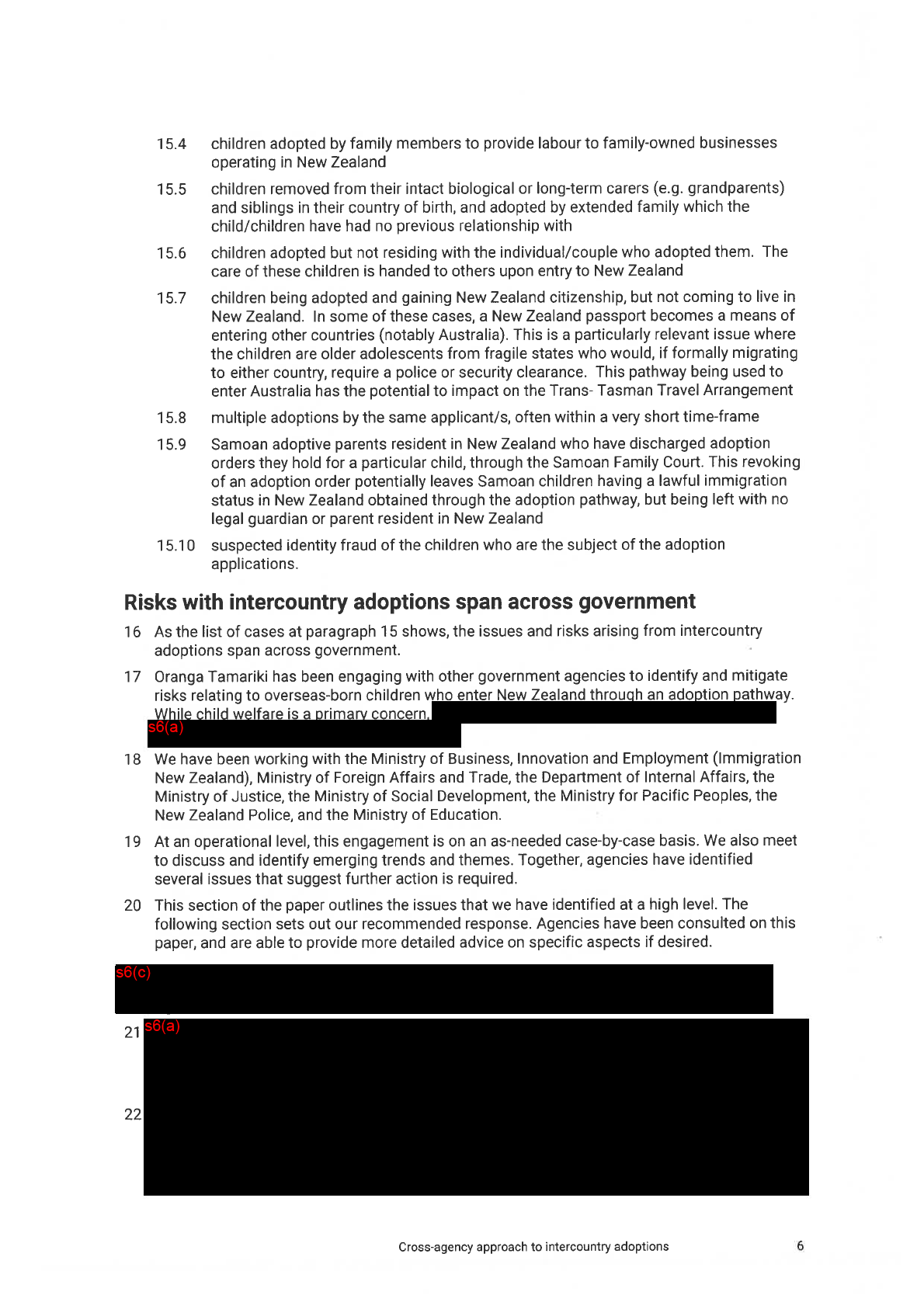
1982
Act
Information
Official
Under
Released
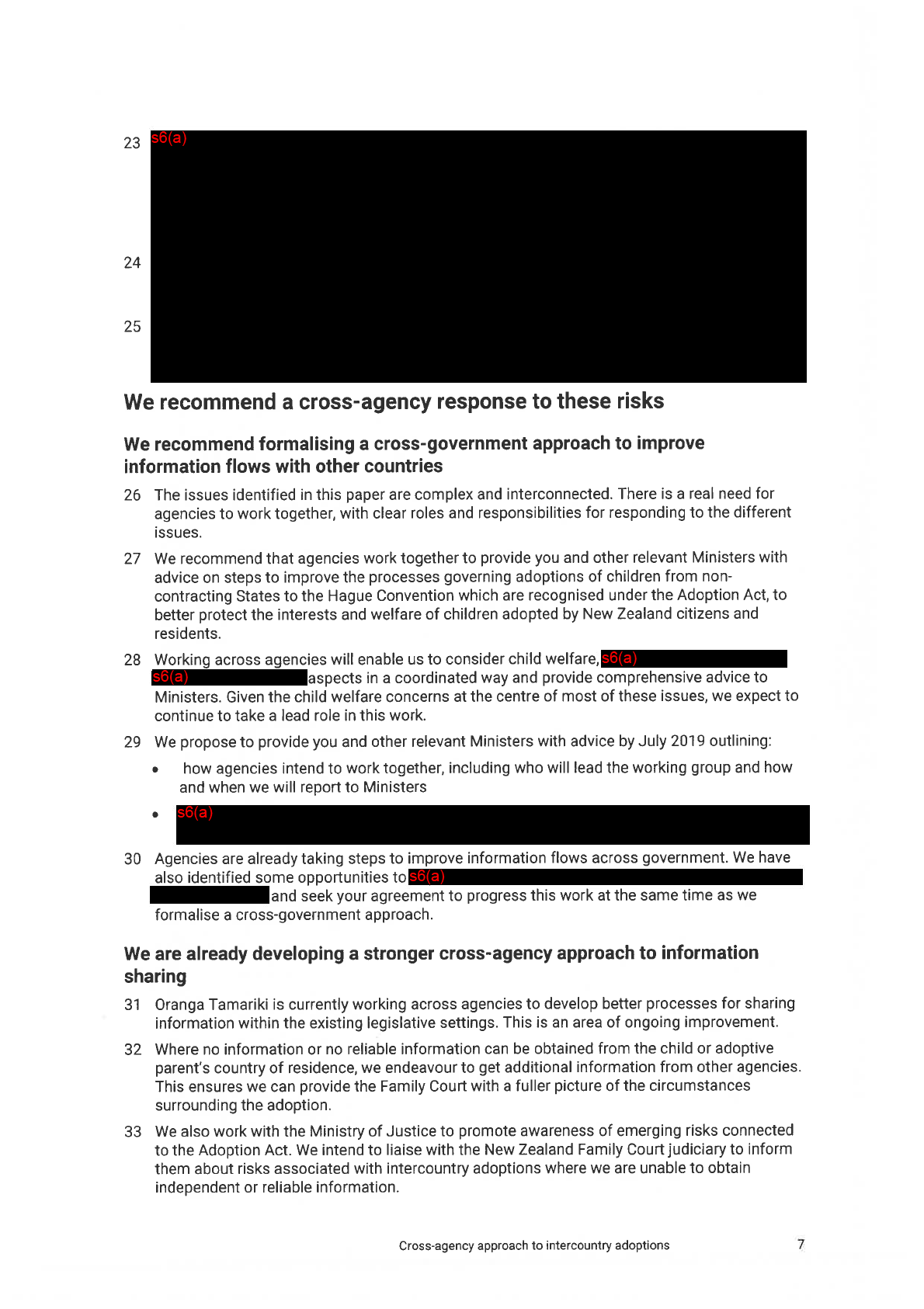
1982
Act
Information
Official
Under
Released
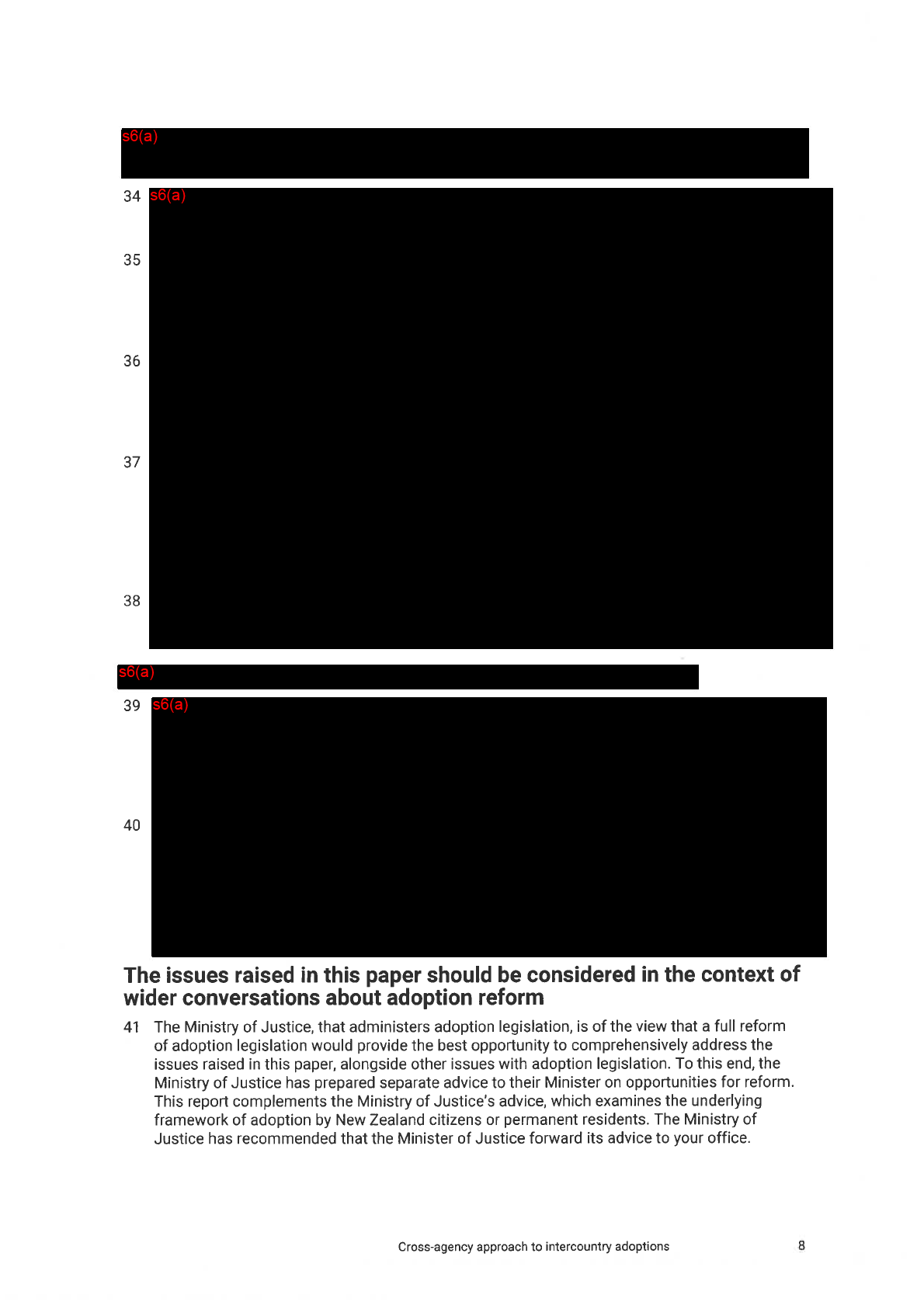
1982
Act
Information
Official
Under
Released
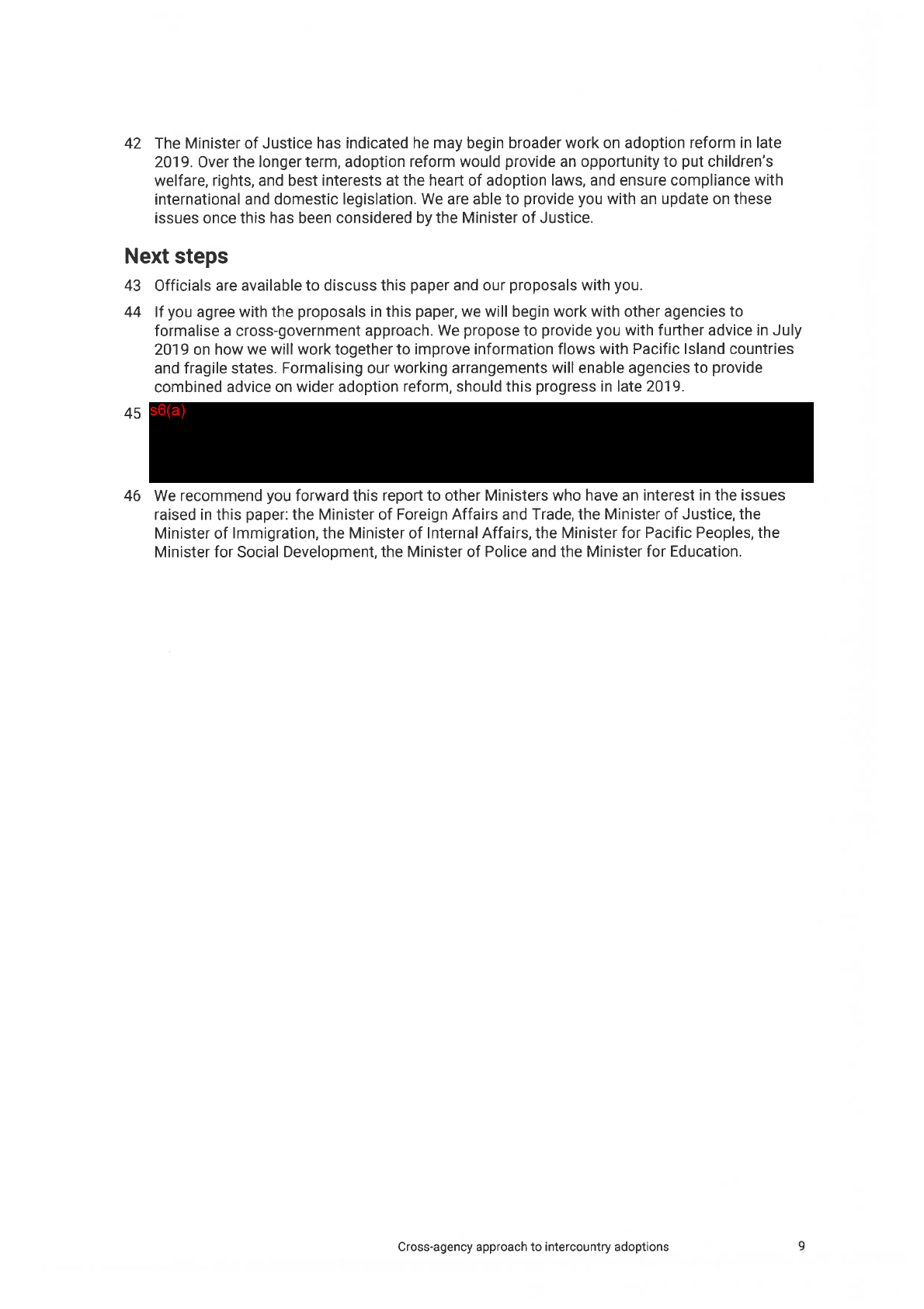
1982
Act
Information
Official
Under
Released

1982
Act
Information
Official
Under
Released

1982
Act
Information
Official
Under
Released
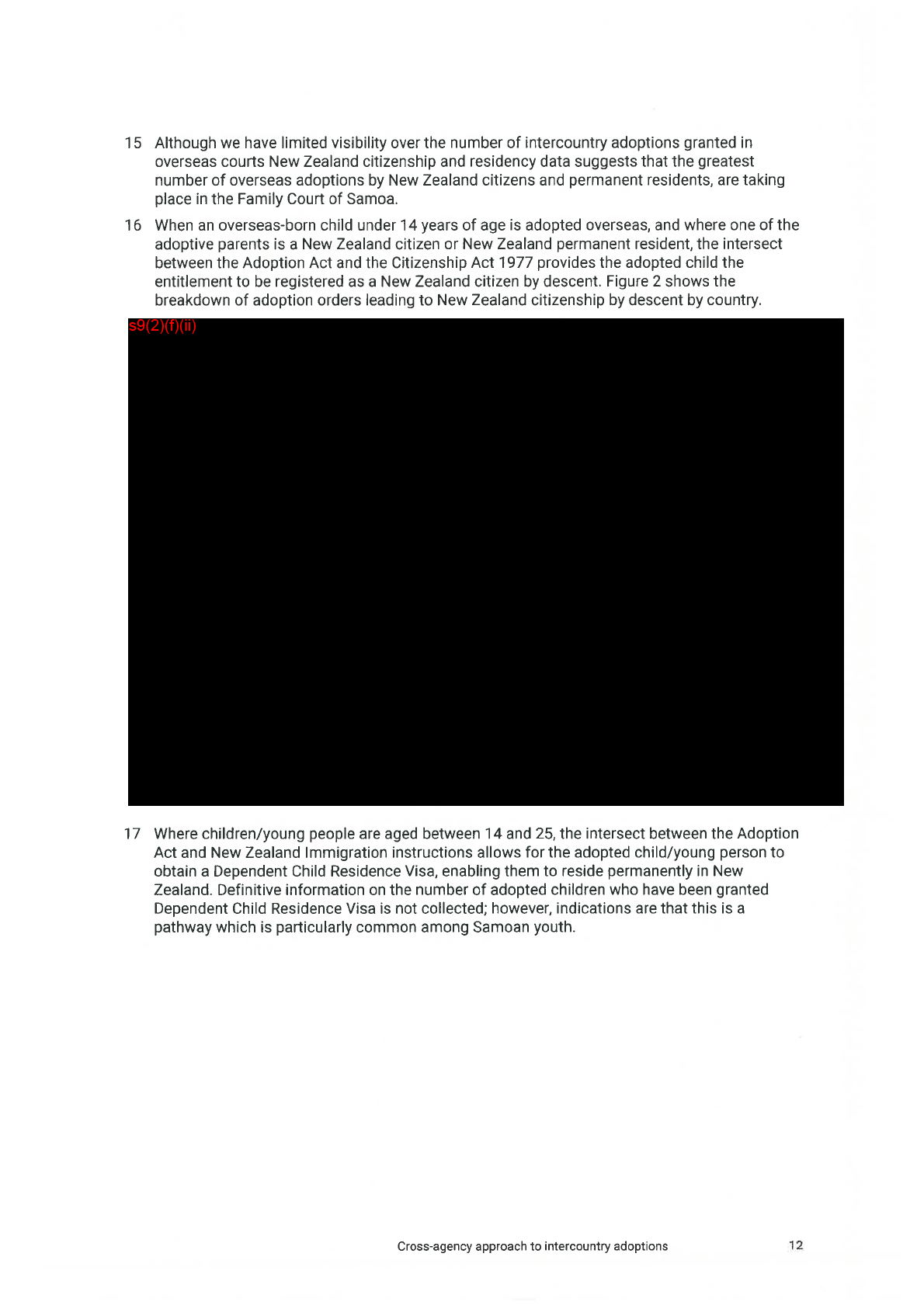
1982
Act
Information
Official
Under
Released

1982
Act
Information
Official
Under
Released


























